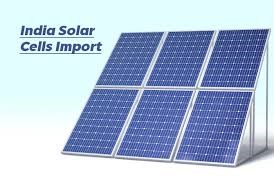Free Courses Sale ends Soon, Get It Now


Free Courses Sale ends Soon, Get It Now



Disclaimer: Copyright infringement not intended.
Context
ALMM List Re-implementation
India's Reliance on Solar PV Imports
Policy Responses to Address Import Dependency
China's Dominance in Solar PV Export
Future Prospects for Solar Energy in India
|
PRACTICE QUESTION Q. Examine the causes of food inflation in India and assess the efficacy of government interventions in managing it. Propose policy reforms to mitigate the impact of food inflation on the economy. |
© 2024 iasgyan. All right reserved